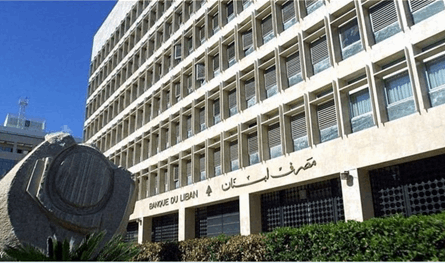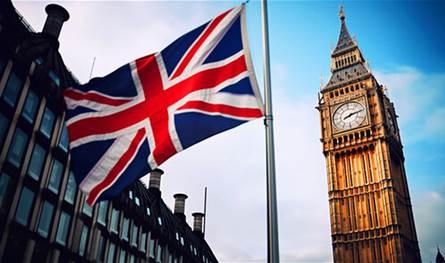The gap law cleanses it from impurities

Sabine Owais wrote in “Al -Nahar”: Since the features of the financial gap law and the mechanisms for identifying and distributing them, the project began to be exposed to targeting and objections campaign against the background of what he mentioned, and he is still in the preparation stage, according to what the protesters described as the removal ”for 34 billion dollars of deposits, which necessitated an expansion in reading the numbers and proportions contained in the draft of the project, (and the day has already been reported in detail before Days), in the context of reviewing the central bank’s observations on the project and the pillars on which its methodology was built at work.
There is no direction or words in the project to write off the deposits of what the central bank says, but “impurities apparent in the bank’s budget, from unqualified claims”, and they fall in three chapters, including unknown source deposits, the bank is not in the purpose of its equality with clear source deposits, including the other transfers that occurred from the lira to the dollar after the crisis were registered in the banks but it was not registered with the central bank because it did not possess because it did not have it The dollars that cover it, what put it in the framework of the book of the book, and these also cannot be compared to the deposits right for their owners because they got out of escaping from the lira to the dollar in order to achieve profit without real coverage, including thirdly the inflated benefits seeking to achieve gains that the central can not have a luxury to pay it at the expense of the right deposits. These three doors fall within the process of revising impurities and not deleting deposits. In this context, the Central is surprised by the campaigns that talk about deleting as if they want to protect these impurities, in a way that keeps the crisis without a solution as it has occurred since the beginning of the crisis!
To this basic point in the central budget cleaning path, and within the restructuring plan developed by the Central and Restriction of confidence in the financial system and protecting depositors with the distribution of burdens in a fair form between the state, the central and commercial banks, by converting the crisis from a sheet crisis to a crisis that can be managed by administration through exceptional legislation that removes illegal claims without prejudice to legal deposits, the stage of classification of deposits comes where the deposits were divided into to the deposits to the deposits. Small (84.8%), moderate (14%) and large (2%), while giving priority to payment to young depositors to protect social stability, provided that the full blockage of the stages:
In the first stage, the bank is obliged to pay all deposits, so that the small and medium is shaped in cash, while the large of them is exposed through the financial papers that are subject to circulation and are supported by assets. As for the sharing of the burdens, it will be through the state’s tolerance, the Bank of Lebanon, and the commercial banks shared in covering the gap, while emphasizing that the state is required to pay its debts to the central bank, (16.5 billion dollars), and each dollar is recovered will be returned directly to the depositors.
The Bank of Lebanon confirms that it will not sell any part of the gold reserves despite the political pressures, considering that it constitutes the last strategic pillar to protect depositors and future trust, especially after decades of corruption and mismanagement. The central will create tools to achieve gold returns without touching it.
The Central considers that his plan is the only integrated proposal currently presented, and places the protection of depositors at the center of its priorities, while holding each party to its responsibilities without prejudice to the national reserves.
The post The gap law cleanses it from impurities APPEROD First on 961 tobay Lebanon today.
















